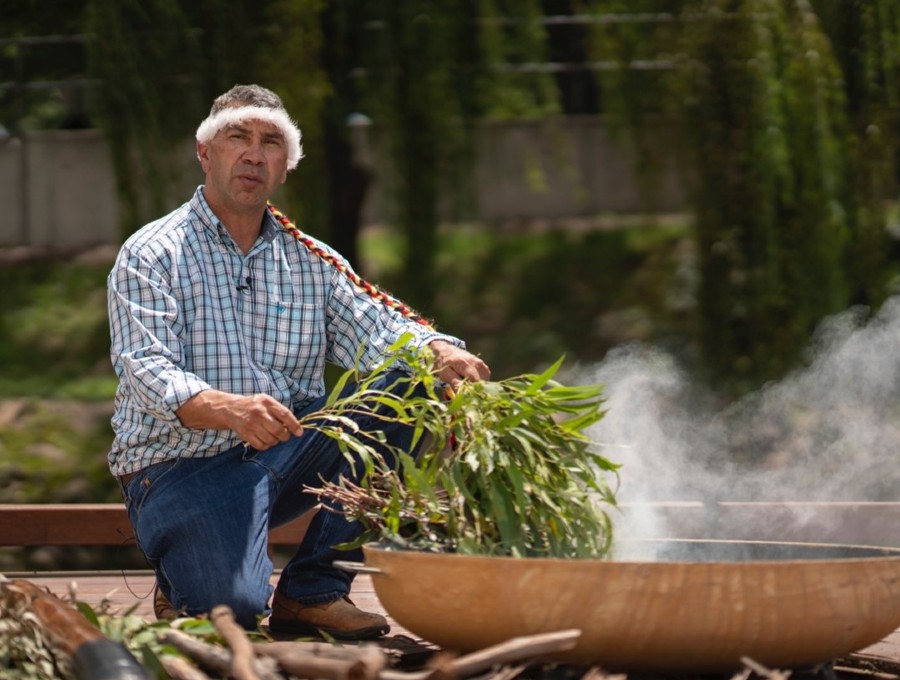Australian Reconciliation Barometer
The Australian Reconciliation Barometer (ARB) is the only survey in Australia that measures the progress of reconciliation between Aboriginal and Torres Strait Islander people and non-Indigenous Australians.
It identifies the attitudes and perceptions each group holds about the other and about key issues affecting Aboriginal and Torres Strait islander people, while mapping Australia’s progress towards the five dimensions of reconciliation.
It has been conducted every two years, since 2008, to measure how we are progressing towards a reconciled nation, and where we need to focus more attention, and what actions need to be taken to progress.
The survey is designed to represent the experiences and perspectives of the general community a group comprised of both First Nations and non-Indigenous communities. The total sample size of the 2024 survey was 2,559, with an error margin of +/-1.9% at the 95% confidence interval, and this data is weighted to provide a representative understanding of the general community in Australia.
Within this sample, 547 respondents were First Nations, with an error margin of +/-4.2%, and the non-Indigenous sample size was 2,012, with an error margin of +/-2.2%. These two segments are also weighted using Australian Bureau of Statistics (ABS) Census data in order to ascertain representative perspectives from First Nations and non-Indigenous voices.
The 2024 ARB was conducted over the period 18 July to 7 August 2024. The majority of respondents completed the survey online, with a small number of First Nations participants completing the survey via phone interviews.
Workplace RAP Barometer
The Workplace RAP Barometer (WRB) monitors reconciliation initiatives in the workplace with regular online surveys conducted every two years since 2012. Reconciliation Australia uses this information to broadly inform how its Reconciliation Action Plan (RAP) program is performing and to work more closely with specific partner organisations, stakeholders and policy makers.
The 2024 WRB surveyed employees d across 231 different organisations involved in the RAP program. The survey was conducted between July and September 2024. and the results are based on an online survey of working adults (aged 16+) in Australia (i.e. “employees”).
The survey has a total sample size of 33,167 respondents, with an error margin of +/-0.5% at the 95% confidence interval. Importantly, responses for the WRB are not weighted, and results are reflective of the experiences of RAP employees specifically. Organisations participated of their own volition, as did the employees of those organisations (no incentive was offered nor paid to respondents).
Comparing ARB and WRB Results
The ARB and WRB survey tools contain a number of identical questions that measure key reconciliation attitudes and perceptions. Some of these findings are compared in the 2024 Workplace RAP Barometer Snapshot.
When comparing these two datasets, it is very important to be clear that the WRB purely provides the perspective of employees working in RAP organisations. Contrastingly, the ARB provides a snapshot into the general community, First Nations, and non-Indigenous Australians, and does not specifically refer to employees.
It is important to acknowledge that while comparative questions asked between the ARB and WRB are constructed identically, both surveys are completed within slightly differing contexts and surrounding questions. Although this may have a minor effect, this is minimised as much as possible by asking the common ARB questions at the beginning of the WRB, before contextual differences of the RAP questions can have an effect.


